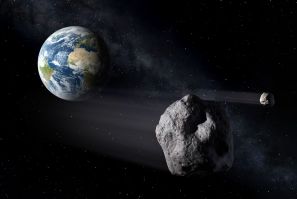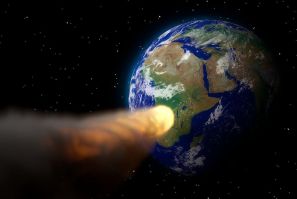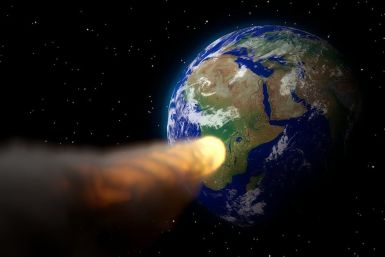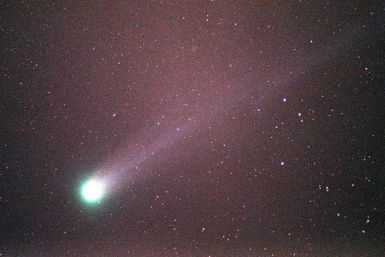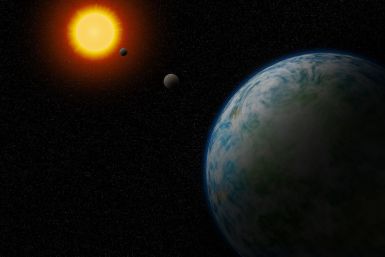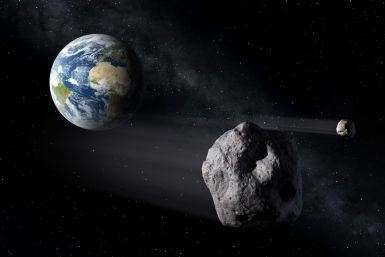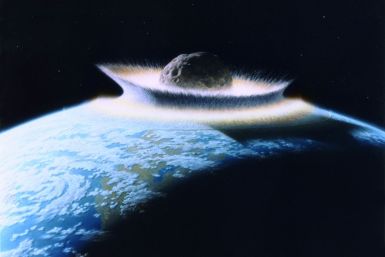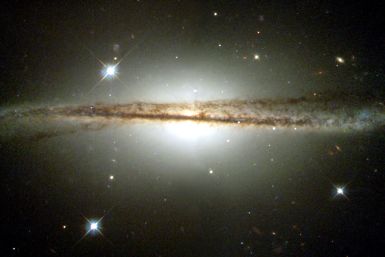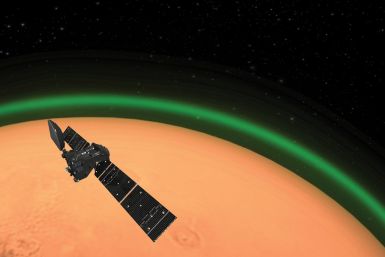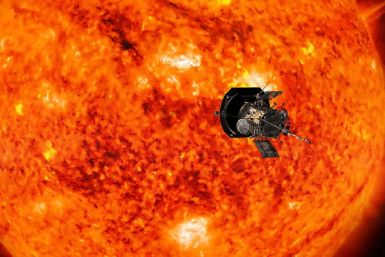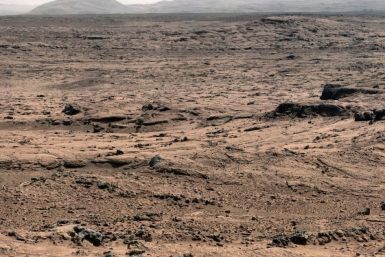NASA’s asteroid tracking system is currently monitoring a massive asteroid that’s expected to fly past Earth on June 18.
Astronomers revealed that a newly discovered comet could become bright enough to be spotted by the human eye starting next week. The icy object’s brightness is expected to increase as it continues to move closer towards the Sun.
A team of astronomers was able to provide an estimate on the possible number of exoplanets that have Earth-like qualities within the Milky Way Galaxy. The astronomers based their findings on the data collected by NASA’s exoplanet-hunting mission, Kepler.
NASA’s automated asteroid tracking system has spotted two near-Earth objects that are expected to fly past the planet on Wednesday (June 17). According to the data collected by the agency, one of the approaching asteroids is almost as big as the Statue of Liberty.
A world redrawn: Worry about climate not COVID, says James 'Gaia' Lovelock
Experts from NASA explained how the ongoing COVID-19 pandemic could help prepare the world for a potentially destructive impact event caused by an asteroid. The experts noted that the current measures implemented by various countries to control the outbreak teach vital lessons about global preparedness.
A team of scientists claimed that there could be over 30 intelligent alien civilizations living within the Milky Way galaxy. The scientists based their theory on estimates regarding the formation of intelligent alien life.
A mission launched by the European Space Agency (ESA) to study Mars detected an odd greenish glow in the Red Planet’s atmosphere. According to the agency, the discovery marked the first time that the same glow was spotted around a planet other than Earth.
Earth is about to cross a solar region in space known as the heliospheric current sheet. A space weather forecasting site reported that the event could trigger geomagnetic activity on the planet.
NASA’s automated asteroid tracking system has detected a massive asteroid that’s expected to approach Earth on Tuesday (June 16). Based on the data gathered by the agency, the incoming asteroid is about as big as the wingspan of a Boeing 747 plane.
A study identified a new factor that could determine the habitability of an exoplanet.
Several residents in California spotted a bright fireball streaking across the sky.
NASA’s automated asteroid tracking system is currently monitoring four near-Earth objects that are expected to fly past the planet this weekend.
Astronomers observing the comet known as SWAN confirmed that the icy cosmic object is dying. Its deterioration started after it flew close to the Sun last month.
NASA’s asteroid tracking system has detected six near-Earth objects that are expected to safely fly past the planet on different days this week. According to the data collected by the agency, the biggest asteroid in the group is almost as big as the Statue of Liberty.
Following the successful launch of SpaceX’s Crew Dragon capsule to the International Space Station (ISS), the company’s founder Elon Musk talked about expanding the reach of human civilization to Mars.
NASA is currently tracking an asteroid that’s expected to fly past Earth on Tuesday (June 9). According to the data collected by the agency, the approaching asteroid follows a wide orbit around the Sun.
A physicist presented a bleak theory as to why humans have not yet encountered signs of intelligent alien life in space. For the physicist, his theory serves as a possible solution to the Fermi paradox.
A stream of solar winds is currently hitting Earth’s magnetic field. According to a space weather forecasting site, the solar winds came from a hole that appeared on the northern portion of the Sun’s atmosphere.
NASA’s automated asteroid tracking system has detected a massive asteroid that’s expected to approach Earth on Monday (June 8). According to the data collected by the agency, the approaching asteroid is about as big as a stadium.
New observations confirmed that the interstellar comet that entered Earth’s neighborhood last year would not break apart completely. In a new study, scientists explained that the comet known as 2I/Borisov would survive its trip across the Solar System.
A scientist from NASA explained the proper way of finding evidence of alien life on Mars.



